The views expressed in our content reflect individual perspectives and do not represent the authoritative views of the Baha'i Faith.
Overhearing a child repeatedly ask his mother about where they were going next and why, I first reacted by admiring the mother’s patience with the child’s recurring and incessant questions.
But after several rounds of this, I realized that the boy wasn’t trying to annoy his mother. On the contrary, he wanted to know why—and that was the starting point for his learning.
As we mature and develop individual approaches to learning, we never stop wanting to know why. As we mature, additional questions become important to us. Bernice McCarthy has used this as a central feature in 4MAT™, the curriculum design model she founded.
Admittedly I am oversimplifying the 4MAT approach, but in brief: It uses questions to introduce four major quadrants or aspects of authentic learning. It claims that all learners need to have these questions resolved, and as individuals they will prefer one over the others. Over the many years I’ve studied and worked with 4MAT, I’ve noticed how well it aligns with Baha’i principles.
The first of the four questions posed by 4MAT is WHY? Like the child wanting to know why something is happening, we adults want to know the purpose, too. As busy people, we decide what will get our time and attention. Beyond that though, there is a reflective element in asking why. The emotional connection needs to grab our attention, to motivate us to learn more. Without it, we just move on. This reminds me of Baha’u’llah’s caution about losing time to empty or wasteful matters: “Such academic pursuits as begin and end in words alone have never been and will never be of any worth.” – Tablets of Baha’u’llah, p. 169.
The second of the four 4MAT questions is WHAT? In answering this, we study what the so-called “experts” tell us. This is supported by the Baha’i principle of the independent investigation of the truth, whereby we review the facts and analyze their implications. Rather than just accepting what we read or hear, we can consider information in light of our own sense of what’s right. This is also similar to the Baha’i principle of seeking agreement between science and religion, since neither alone will reveal the entire truth.
The third of the four questions is HOW? This is where we get practical. It’s not enough to feel a connection, not enough to know some facts. We want to put what we are learning to use and not just talk about it. In the words of Baha’u’llah: “Let deeds, not words, be your adorning.” – The Hidden Words, p. 27.
Depending on the subject matter, practical use may not be obvious. For example, I can read about carpentry without expecting to build a house. But if I’m interested enough to read about it, then it can be used in other ways. I might be a better-informed tourist, appreciating architecture and crafts where I visit. Or I might be able to help someone else with their project.
The fourth of the four questions is WHAT IF? This is where imagination comes into play. It is the inspiration for creativity, the arts and innovation—all of which are praised and emphasized in the Baha’i teachings. Imagination takes us to the future and new possibilities. To some people this is the fun part, while to others it can be mysterious and challenging.
Then, because learning is a continuous process, from “what if” the learner returns to “why” and begins anew. This links to both curiosity and a desire to grow.
I am considering how all of this relates to problems with today’s educational system, ongoing needs for job training, and troubling statistics regarding worldwide literacy levels. We need to develop techniques and tools for reaching all learners. My intention is not to promote 4MAT above other systems, though in its fullness it can be a part of the solution. What I am suggesting is that educational challenges can be addressed by recognizing both learner diversity and commonalities, and we can use strategies that honor all learners’ needs.
Bernice McCarthy claims that true learning creates change. I have always liked this thought, because it links directly to the idea that what we learn we can put into action, which in turn demonstrates and inspires further change. From the little boy wanting to know why he is going somewhere to the adult who is inventing a new gizmo, through asking questions we can learn and even create answers.



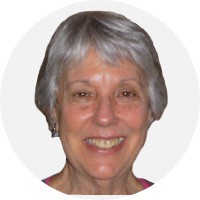




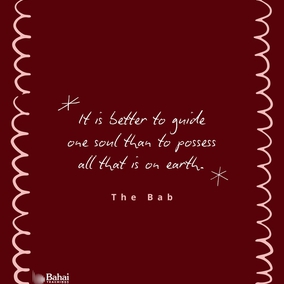
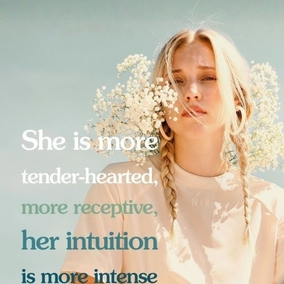
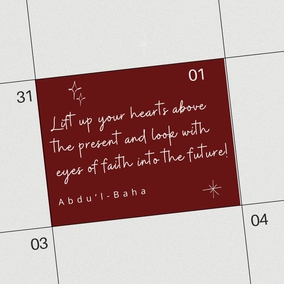
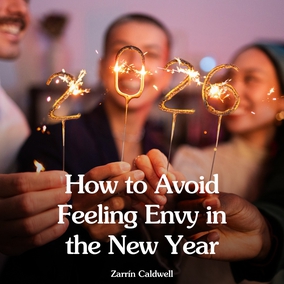
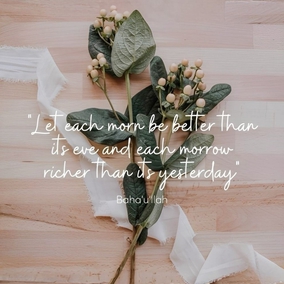

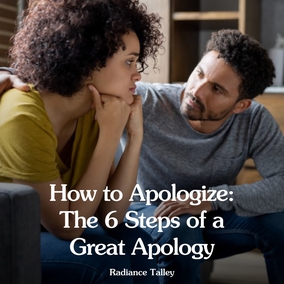

Comments
Sign in or create an account
Continue with Googleor